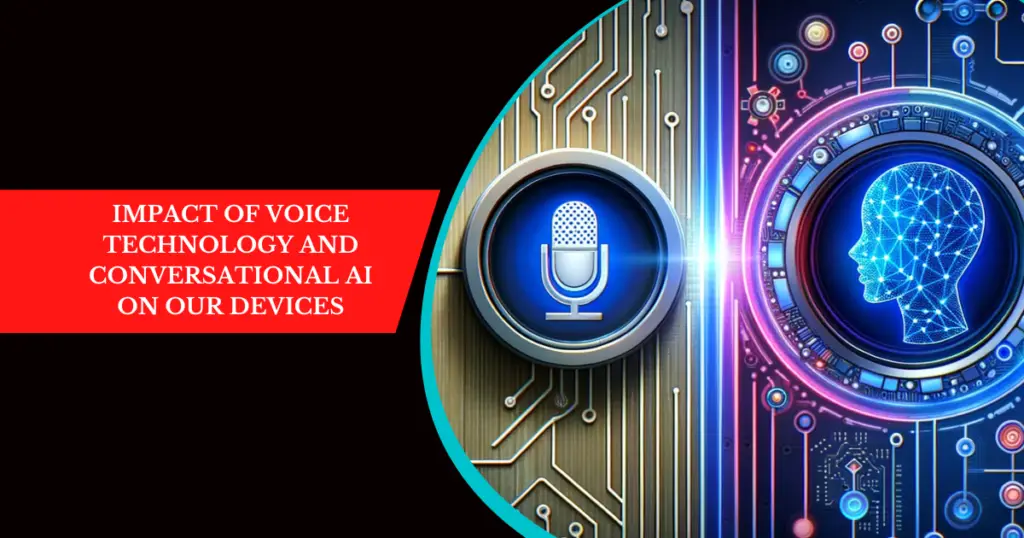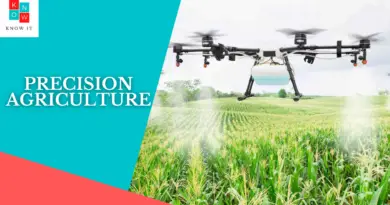Voice Technology and Conversational AI: Shaping the Way We Interact with Devices
In recent years, voice technology and conversational AI have revolutionized the way we interact with devices. From virtual assistants to voice-activated commands, these technologies have become an integral part of our daily lives. This blog explores the impact of voice technology and conversational AI on our interactions with devices, highlighting their benefits, challenges, and future possibilities.
Understanding Voice Technology
Voice technology refers to the ability of devices to understand and respond to human speech. It utilizes natural language processing (NLP) and machine learning algorithms to interpret and generate human-like responses. From smartphones and smart speakers to cars and appliances, voice technology has found its way into various devices, making them more intuitive and user-friendly.
Benefits of Voice Technology
Voice technology offers several benefits that enhance user experience and convenience. Firstly, it provides a hands-free and eyes-free interaction, allowing users to perform tasks while on the go or when their hands are occupied. This feature is particularly useful in scenarios such as driving, cooking, or multitasking.
Secondly, voice technology enables faster and more efficient interactions. Rather than typing or navigating through menus, users can simply speak their commands or queries, saving time and effort. This convenience has made voice technology popular in areas like searching the internet, setting reminders, and controlling smart home devices.
Furthermore, voice technology promotes inclusivity by bridging the digital divide for individuals with disabilities or those with limited literacy skills. It allows them to access and interact with technology more effectively, empowering them with equal opportunities.
Conversational AI: Taking Voice Technology to the Next Level
Conversational AI takes voice technology a step further by enabling devices to hold more natural and dynamic conversations with users. It involves the use of advanced machine learning techniques, including natural language understanding (NLU) and natural language generation (NLG), to process and generate human-like responses.
This technology powers virtual assistants like Amazon’s Alexa, Apple’s Siri, and Google Assistant, among others. These assistants can understand complex queries, engage in multi-turn conversations, and provide personalized responses based on user preferences and historical data.
Conversational AI has transformed the way we interact with devices. It has made tasks like booking appointments, ordering food, and managing schedules as simple as having a conversation. The ability to converse with devices in a more natural and human-like manner has greatly improved user satisfaction and ease of use.
Challenges and Limitations
While voice technology and conversational AI offer numerous benefits, they do come with their own set of challenges. One major challenge is accurately understanding and interpreting user commands, especially in noisy environments or with diverse accents and dialects. Improving speech recognition accuracy remains an ongoing area of research.
Another challenge is maintaining user privacy and security. Voice data can contain sensitive information, and ensuring its protection is crucial. Striking the right balance between convenience and privacy poses a significant challenge for developers and service providers.
Future Possibilities
The future of voice technology and conversational AI holds immense potential. As technology continues to advance, we can expect more seamless and natural interactions with devices. Improved speech recognition algorithms will enable devices to better understand and respond to user commands, even in challenging environments.
Conversational AI will become more context-aware, allowing devices to remember past interactions, understand user preferences, and deliver personalized experiences. This will result in more intelligent and proactive virtual assistants that can anticipate user needs and provide relevant suggestions or recommendations.
Moreover, voice technology and conversational AI will extend beyond smartphones and smart speakers, integrating with various devices and industries. We can envision voice-controlled cars, voice-activated healthcare devices, and voice-enabled retail experiences.
Conclusion
Voice technology and conversational AI have transformed the way we interact with devices, making them more intuitive, convenient, and inclusive. As these technologies continue to evolve, we can expect even more seamless and personalized interactions, revolutionizing the way we live and work. Embracing voice technology and conversational AI opens up a world of possibilities, enhancing our daily experiences and shaping the future of human-device interactions.




